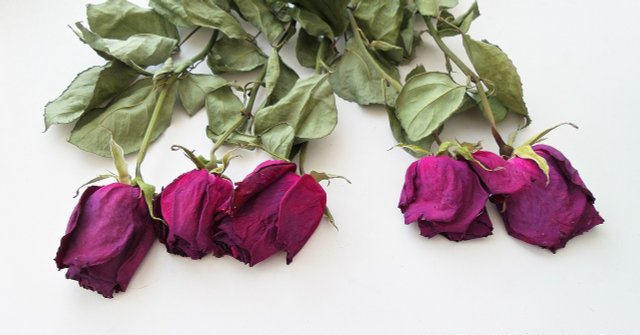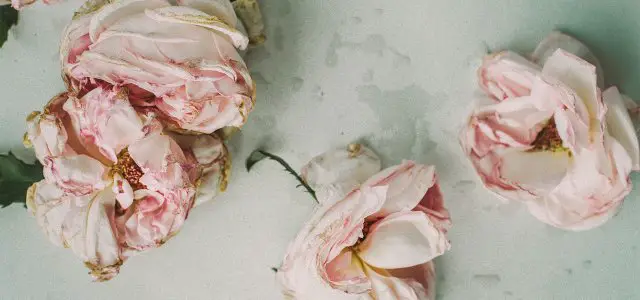Drying flowers is a wonderful way to preserve the beauty of your garden blooms or a special bouquet for decoration, crafts, or sentimental reasons. There are several simple methods to dry flowers. Here are a few common techniques:
Contents
1. Air Drying:
- Best for: Roses, lavender, and small flowers.
- How to do it:
- Gather a bunch of flowers and remove any leaves from the stems.
- Secure the stems together with a rubber band or twine.
- Hang the bouquet upside down in a dry, dark, and well-ventilated place. An attic, closet, or dry basement works well.
- Check the flowers in a few weeks to see if they are fully dried. The drying time varies depending on the flower type and humidity.
2. Silica Gel Drying:
- Best for: Delicate flowers, like orchids, and flowers with flat faces.
- How to do it:
- Get a container or airtight plastic bag that’s deep enough to accommodate the flowers.
- Fill the container with silica gel crystals (available at craft stores) to a depth of 1-2 inches.
- Trim the flower stems and place the flowers face down into the crystals.
- Gently cover the flowers with more silica gel, making sure they are completely covered.
- Seal the container or bag and leave it for 3-7 days.
- Carefully remove the flowers and gently shake off excess silica gel.
3. Pressing Flowers:
- Best for: Flowers with flat faces like pansies, daisies, and violets.
- How to do it:
- Place the flowers between the pages of a heavy book, ensuring they don’t touch.
- Close the book and weigh it down with additional books or heavy objects.
- Leave the flowers to press for about 2-4 weeks.
- When you remove them, they should be flat and dry.
4. Microwave Drying:
- Best for: Flowers with small petals like daisies or chrysanthemums.
- How to do it:
- Place a layer of silica gel in a microwave-safe container.
- Lay the flowers on top, ensuring they don’t touch.
- Cover the flowers with more silica gel.
- Microwave the container in short, 30-second intervals until the flowers are dry. Be careful not to overheat or scorch the flowers.
5. Oven Drying:
- Best for: Roses, lavender, and herbs.
- How to do it:
- Preheat your oven to its lowest setting (around 150°F or 65°C).
- Place the flowers on a baking sheet or parchment paper, making sure they don’t touch.
- Put them in the oven with the door slightly ajar to allow moisture to escape.
- Check the flowers every 30 minutes until they are completely dry, which may take a few hours.
No matter which method you choose, be sure to handle the dried flowers gently to avoid damage. Dried flowers can be used in various crafts, arrangements, or even as keepsakes to remind you of special occasions or moments in your garden.
Air dry flowers
Air drying flowers upside down is probably the best known and at the same time the simplest method of preserving flowers. It is suitable for many types of flowers and can be used both for individual flowers and for whole bouquets.
Prepare the flowers in bouquets. To do this, remove the leaves from the stems and sort the flowers by type. Flowers with large blossoms, such as hydrangeas or peonies, should be dried separately.
Tie the bouquets together at the stem with string or raffia. You may need to tighten the string during the drying process as the stems shrink.
Hang the bouquets upside down in a dark, warm and dry place (for example in the attic).
Now let the flowers dry for two to four weeks. You can recognize a sufficiently dried flower by the fact that its petals become brittle.
Optional: Fix the dried flowers with hair spray or a special sealing spray. This will make the flowers less likely to break and less likely to lose their petals.
Press flowers
This variant of flower drying is suitable mainly for flowers or individual flowers. Small, flat flowers such as pansies or lilac blossoms are best pressed.
- Place the flowers between absorbent paper. Corrugated cardboard, newspaper or blotting paper work well for this.
- Place a heavy object, such as a large book, on top of the flowers and store the stack in a dry, warm place.
- Change the paper after a week.
- After three to four weeks, you can take out the dried flowers. When they are paper-thin and almost transparent when you hold them up to the light, your flowers are done drying.
Drying flowers in the oven
Drying flowers in the oven is the fastest way to preserve flowers. However, if you want to dry your flowers in an environmentally friendly and energy-saving way, you should resort to one of the other two drying methods.
- Cut a piece of very fine mesh wire fence to the right size so that all your flowers will fit inside.
- Thread the stems through the holes so that the flowers hang by the bud in the mesh and the stem dangles free.
- Bake the flowers for several hours at 35 to 38 degrees Celsius convection. The exact drying time will depend on the type and number of flowers chosen.
- Remove the flowers from the oven and let them cool on a clothes rack. Do not touch them until they are completely cool.
- If necessary, seal the flowers with hairspray or a sealing spray.
Tip: Flowers with many petals, such as cornflowers and chrysanthemums, are best for this method.
Tips for drying flowers

- For drying are especially suitable all kinds of straw flowers. The composite flowers can be easily processed into dried bouquets, as they naturally have little moisture.
- Meadow flowers, roses, carnations, asters, lavender or hydrangeas can also be dried well.
- Less suitable are all “thirsty” flower varieties. These include, for example, tulips and lilies.
- It is best to start drying immediately after picking the flowers. This preserves the colors most beautifully and keeps the flowers in their best possible condition.


